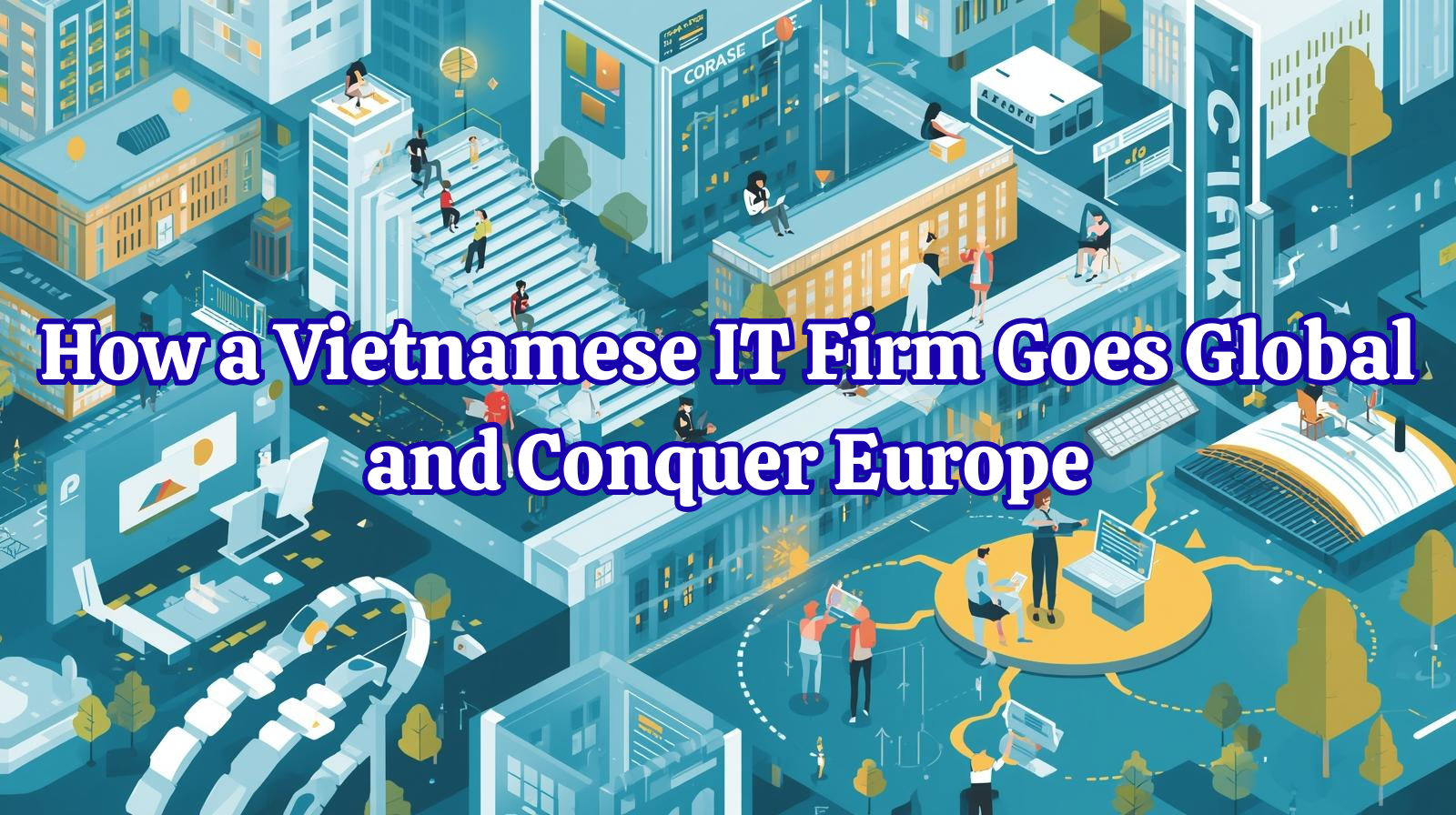Introduction
Expanding into global markets is no longer optional for IT companies—it’s a growth requirement. But going global takes more than technical skills; it requires strategy, trust, and adaptability.
This guide gives you a clear roadmap for successful market entry, based on what has helped mid-sized Asian IT firms expand to Europe and beyond.
1. Define Your Global Value Proposition
Before entering any market, define why international clients should choose you.
-
Go beyond price. Compete on quality, speed, or expertise, not cost alone.
-
Clarify your niche. Are you great at cloud migration, fintech security, or SaaS development?
-
Use clear messaging. Your value must be easy to understand—even across cultures.
👉 Tip: Read our post Why Western Clients Pay More: Understanding Value-Based Pricing to refine your brand message.
2. Research and Choose Your Target Market
A good market entry strategy starts with focus. Instead of approaching all of Europe, start with one region—such as Germany, the UK, or the Nordics.
-
Study local regulations (e.g., EU GDPR).
-
Understand buyer priorities in that market.
-
Identify industry verticals that align with your strengths.
This helps you allocate resources strategically instead of spreading your efforts too thin.
3. Build Local Credibility Before Selling
Before reaching out to potential clients:
-
Localize your website and LinkedIn presence in English or the target language.
-
Highlight certifications like ISO 27001, GDPR compliance, or cloud partner status.
-
Join local business communities and share your expertise through posts or webinars.
👉 Join peers in our EVIT IT Community on Skool — a global network where tech leaders exchange lessons on scaling internationally.
4. Develop a Clear Compliance and Partnership Strategy
Compliance can make or break your global journey.
-
Appoint an EU representative if you serve European clients.
-
Use Standard Contractual Clauses (SCCs) for secure data transfers.
-
Form strategic alliances with consulting or marketing partners in the target country.
These actions help you meet local expectations and increase client confidence.
5. Adapt Communication and Operations
Western clients expect transparency and proactive communication.
-
Respond quickly and clearly.
-
Offer overlapping work hours.
-
Provide progress updates and detailed documentation.
Cultural understanding builds trust—and trust drives long-term contracts.
6. Turn Compliance Into a Selling Point
Instead of viewing data privacy laws as an obstacle, use them to your advantage.
Promote your security standards and GDPR-readiness as part of your sales narrative.
Clients pay more for peace of mind—especially in regulated industries like healthcare and finance.
7. Review, Improve, and Scale
Market entry is an ongoing process. After your first few projects:
-
Collect client feedback.
-
Adjust your offers and communication style.
-
Expand into nearby regions once your processes are stable.
Sustainable growth comes from iteration and trust, not fast wins.
Key Takeaways
| Step | Action | Goal |
|---|---|---|
| 1 | Define your value | Build clarity |
| 2 | Research markets | Find best-fit clients |
| 3 | Build credibility | Earn trust early |
| 4 | Ensure compliance | Reduce risk |
| 5 | Adapt communication | Strengthen relationships |
| 6 | Promote security | Differentiate your brand |
| 7 | Scale with learning | Grow sustainably |
Go Global with Confidence
Your company already has the technical skills—now it’s time to build the brand, compliance, and communication systems that clients in Europe expect.
With clear planning and consistent execution, going global can move your IT business from an outsourcing vendor to a trusted technology partner.
👉 Join the EVIT IT Community on Skool to access templates, checklists, and live sessions on building your global market entry strategy.

